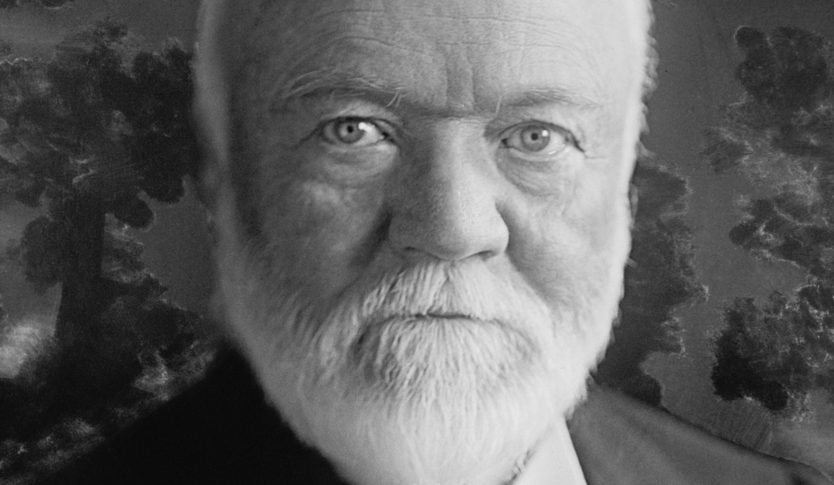7 Observations About the Top Givers of 2016
Earlier this year, The Chronicle of Philanthropy, in its February 2017 edition, listed the top givers of 2016. The list included many names that are recognizable, like Bill and Melinda Gates, Sheryl Sandberg, Michael Bloomberg, and Paul Allen. The list and the amounts is enlightening, but here are some observations from reading between the lines:
- Universities Rule; Religion No. As the Chronicle noted, the top 50 givers gave $5.6 billion collectively with 50% of that to universities and colleges. (Many of those universities had endowments of $3 billion.) Religious charities were not at the top of anyone’s list.
- Giving vs. Generosity. Only 22 people on the Forbes 400 list also appeared on the Philanthropy Top 50 list, and while there are different reasons to account for that, it’s important that we distinguish between giving and generosity. This is no criticism of those on the list whatsoever, but it is important to distinguish that giving does not always mean generosity.
- The Missing. The list does not include those who give anonymously or those who may use donor advised funds. Thus, there’s a wide swath of the giving public that are not covered and, in many cases, don’t want the recognition.
- Speaking of Donor Advised Funds. Reed Hastings, number 12 on the list, created a donor advised fund with $100 million at the Silicon Valley Community Foundation. Increasingly, donor advised funds, with their ease of use, are being established for large gifts.
- Influence Speaks. What’s harder to document is the influence of major donors. Many of them, in addition to their own giving, use their influence to raise money for charities. Ron Perelman, number 19 on the list, used his influence to help raise $20 million in his eight years on the board. This would be an interesting statistic: how much has your influence contributed?
- Where’s the Little Guy? The giving of the Philanthropy 50 focuses on large charities. This raises the question of the little guy—the small up-and-coming charity. In many cases, some of the best innovation comes from the startup. Query whether a fund should be created to identify more of the up-and-comers?
- Impact Investing. The list speaks little of impact investing—making grants or investing in charitable business. These kinds of activities allow charities to sustain themselves long after the grant money runs out.
There’s little doubt that the giving of those on the Philanthropy 50 should be commended. At the same time, there’s always room and opportunity to question: can we be better and create more impact?
The Science of Generosity
6 Facts for Understanding High Net Worth Giving
Moving from Cause Giving to Models
Share this Post
If you enjoyed this content and would like to receive updates via email, please subscribe.
Leave a Comment
Published July 18, 2017
Topics: Giving Trends

